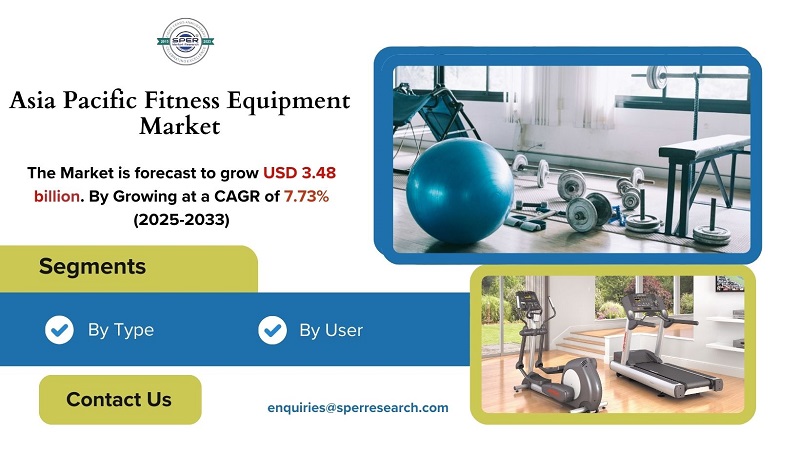A loader is a highly versatile piece of heavy machinery widely used across industries like construction, mining, and agriculture to move and load materials such as soil, gravel, sand, and debris. It usually has a large bucket mounted at the front, designed to scoop, lift, and carry materials over short distances. Loaders come in different types—such as wheel loaders, skid steer loaders, and compact loaders—each suited for specific tasks and working conditions. Valued for their power, agility, and efficiency, loaders are essential for earthmoving, site preparation, and material handling, often operating alongside other equipment on large projects.
According to SPER Market Research, ‘Global Loader Market Size- By Type, By Engine, By Fuel – Regional Outlook, Competitive Strategies and Segment Forecast to 2034’ state that the Global Loader Market is predicted to reach 67.99 billion by 2034 with a CAGR 6.98%.
Drivers:
The increasing momentum of infrastructure development and construction activities, particularly in developing regions, is fueling the demand for loaders and other heavy equipment. Loaders are essential for clearing materials like sand, mud, and rocks to prepare construction sites, while continuous design enhancements improve operator comfort and efficiency. The rise of public-private partnerships and growth in residential, commercial, and industrial sectors further drive loader demand. Additionally, loaders are vital in logistics and agriculture for material handling and streamlining supply chains. Manufacturers are focusing on advanced technologies, automation, and electric models to boost performance, sustainability, and user experience, promoting consistent market growth.
Request a Free Sample Report: https://www.sperresearch.com/report-store/loader-market?sample=1
Restraints:
The loader market encounters several challenges that may hinder its growth and adoption. High upfront costs and ongoing maintenance expenses can discourage smaller contractors and businesses from purchasing advanced equipment. Fluctuating fuel prices and stricter environmental regulations also create operational and compliance difficulties, particularly for traditional internal combustion engine models. Integrating new technologies like automation, telematics, and electric powertrains often demands extensive training and adaptation for operators. Additionally, supply chain disruptions and raw material shortages can cause production delays. Together, these challenges present obstacles that manufacturers and users must overcome to fully leverage market potential. In 2024, the Asia Pacific loader market dominated the global landscape, propelled by fast economic growth and widespread urbanization in nations such as China, India, Thailand, and South Korea. These factors have greatly increased the need for construction machinery like loaders and excavators. Major infrastructure projects initiated by both government and private sectors focus on enhancing transportation systems and public amenities. For instance, India’s development of a new international airport near Mumbai aims to reduce congestion at the current facility. These large-scale projects continue to drive strong demand for heavy construction equipment. Some significant market players are Caterpillar, CNH Industrial N.V., Doosan Bobcat, Hitachi Construction Machinery Co., Ltd., Hyundai Construction Equipment Co., Ltd., J C Bamford Excavators Ltd., AB Volvo,
For More Information, refer to below link: –
Related Reports:
Follow Us –
LinkedIn | Instagram | Facebook | Twitter
Contact Us:
Sara Lopes, Business Consultant — USA
SPER Market Research
enquiries@sperresearch.com
+1–347–460–2899









